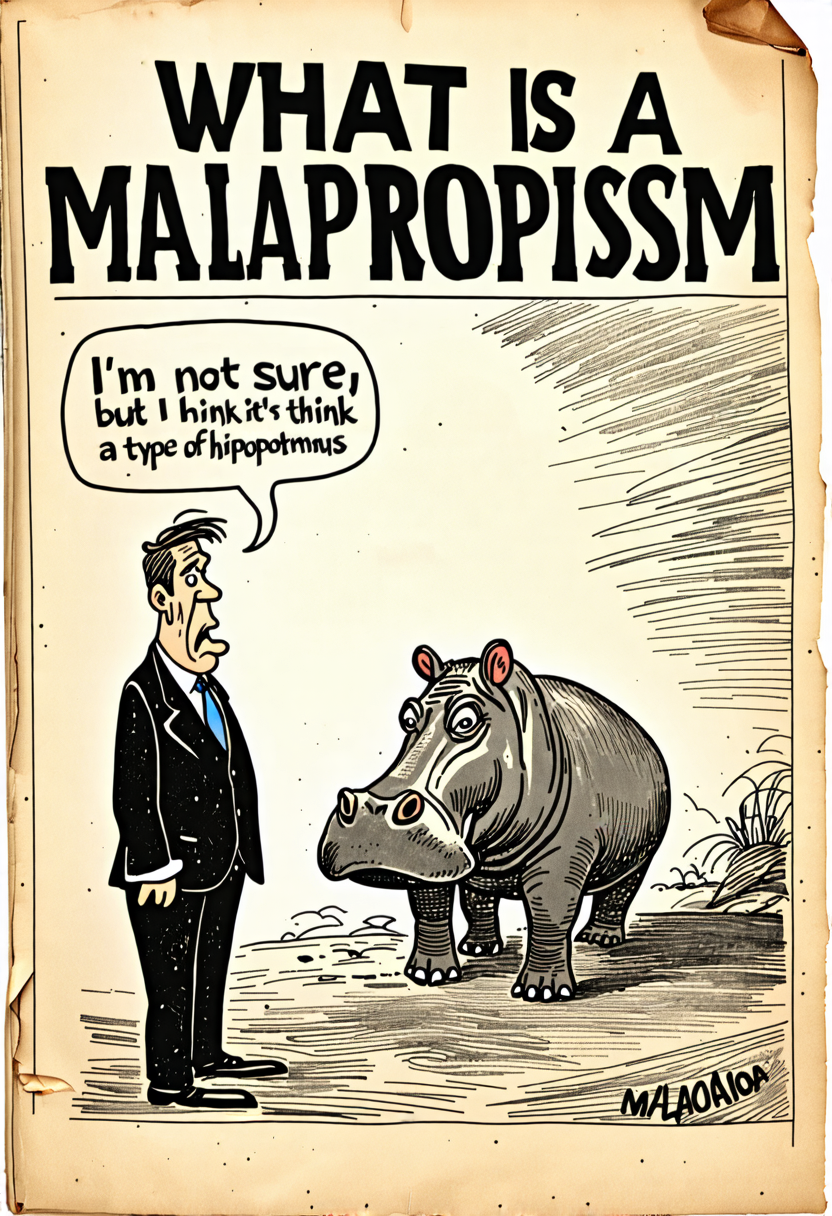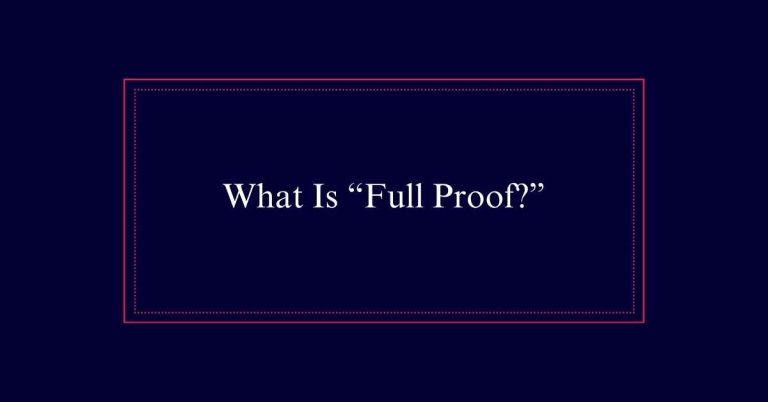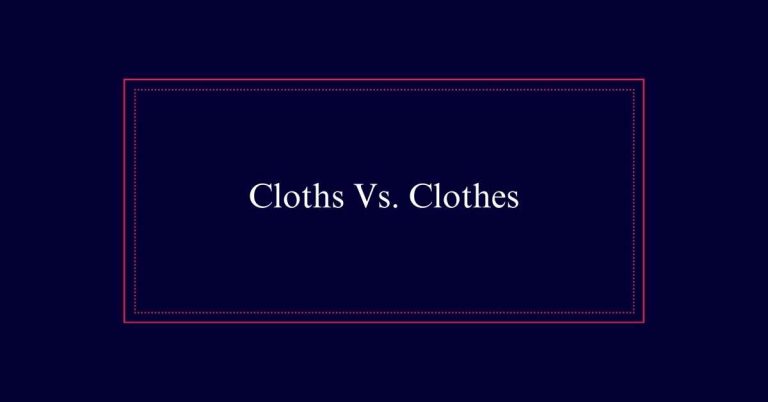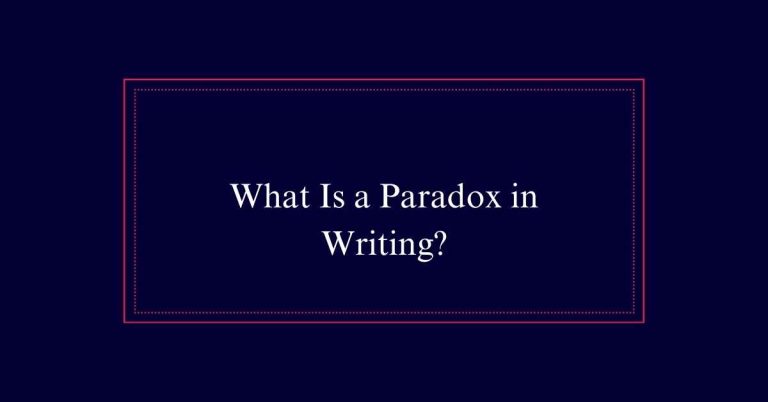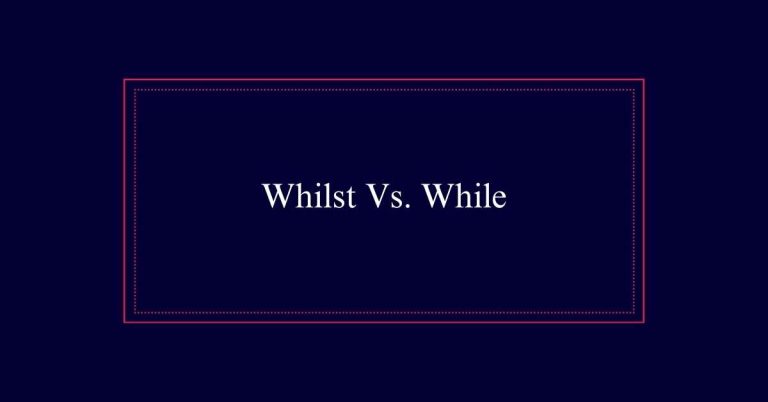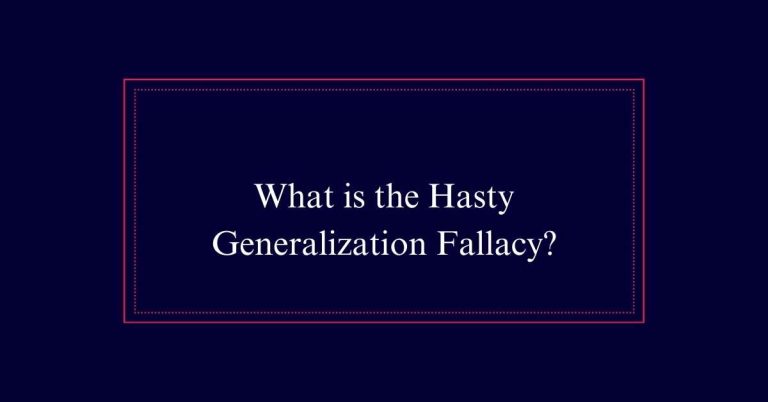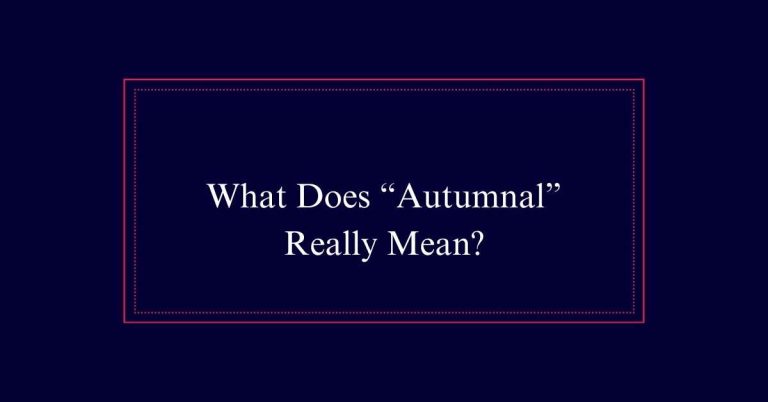What Is a Malapropism?
A malapropism is the incorrect use of a word that sounds similar to the intended word, often leading to humorous results. The term originated from the character Mrs. Malaprop in Richard Brinsley Sheridan’s 1775 play “The Rivals.” For example, saying “He is the pineapple of politeness” instead of “pinnacle” showcases a malapropism. These errors are common in literature, enhancing humor and character development.
Recognizing them involves noting phonetic similarity and semantic difference. Understanding malapropisms gives insights into language use, word choice, and humor mechanics.
Definition of Malapropism
A malapropism is the incorrect use of a word that sounds similar to the intended word but has a different meaning. This linguistic error is often humorous and occurs when someone mistakenly uses a word that resembles the correct term in pronunciation.
Commonly referred to as malaprops or Dogberryisms, these errors can be intentional for comedic effect or unintentional slips of the tongue. Malapropisms rely on the similarity in sound between the misused word and the intended one, often creating a jarring or amusing contrast in meaning.
They are distinct from misnomers, which involve incorrect naming, and eggcorns, which are incorrect words that still make sense contextually. Recognizing malapropisms involves careful attention to context and word choice.
Origins of Malapropism
The concept of malapropism originates from Richard Brinsley Sheridan’s 1775 play, ‘The Rivals’. In this play, the character Mrs. Malaprop frequently misuses words, leading to humorous misunderstandings. Sheridan’s portrayal of Mrs. Malaprop’s speech errors was so influential that her name became synonymous with this linguistic phenomenon.
To visualize the origins:
- Mrs. Malaprop: A character known for her amusing language blunders.
- ‘The Rivals’: The play where malapropism was first popularized.
- 1775: The year this influential work was published.
- Sheridan: The playwright who brought malapropism into the literary spotlight.
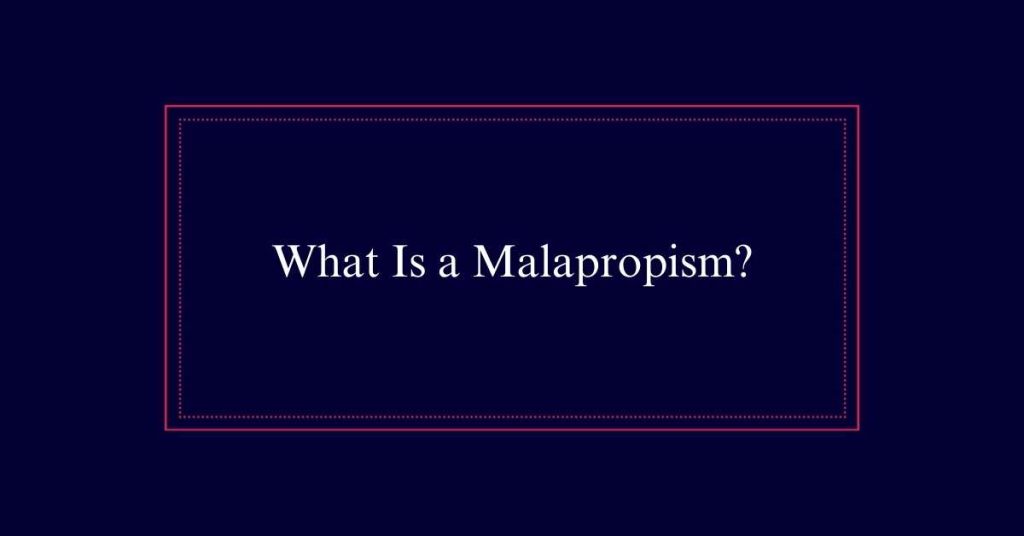
Notable Examples in Literature
Literary works often feature malapropisms to create humorous or memorable dialogue. Notable examples can be found in various classic texts, where authors skillfully employ these errors to enhance character development or inject comedy. For instance, in Richard Sheridan’s “The Rivals,” Mrs. Malaprop famously uses “pineapple” when she means “pinnacle.” Similarly, Shakespeare’s Constable Dogberry in “Much Ado About Nothing” mistakenly says “comprehended” instead of “apprehended.” These linguistic blunders not only entertain but also highlight characters’ social standings or educational backgrounds.
Here are some notable examples:
| Author | Work | Malapropism |
|---|---|---|
| Richard Sheridan | The Rivals | Pineapple |
| William Shakespeare | Much Ado About Nothing | Comprehended |
| Mark Twain | Various Works | Putrified |
| Henry Fielding | Various Works | Resulted |
| Philip Roth | Various Works | Woof |
Recognizing Malapropisms
Recognizing malapropisms requires attention to context, sound, and meaning. Understanding these nuances can help identify when a word is used incorrectly but sounds similar to the intended word.
Here are key factors to take into account:
- Phonetic Similarity: The incorrect word often sounds like the correct one, sharing similar syllables and stress patterns.
- Contextual Fit: The malapropism may seem out of place within the sentence, creating confusion or humor.
- Semantic Difference: Despite phonetic similarity, the meanings of the words differ greatly, leading to a nonsensical or humorous result.
- Common Usage: Familiarity with common malapropisms can aid in recognizing them quickly, as some have become well-known due to their frequent use in literature and speech.
Analyzing Context for Malapropisms
Context plays a pivotal role in identifying malapropisms, as it helps distinguish between the intended word and its incorrect counterpart. By examining the surrounding text or dialogue, one can infer the speaker’s intended meaning. This is important because malapropisms often involve words that sound similar but have different meanings.
For instance, if a character says, ‘He is the pineapple of politeness,’ the context reveals that ‘pinnacle’ was meant instead of ‘pineapple.’ The absurdity or incongruity of the statement in its context alerts the reader to the error. Understanding the broader narrative or conversation helps pinpoint malapropisms, enhancing both comprehension and appreciation of the linguistic humor or error.
Context, therefore, is essential for accurate identification of malapropisms.
Malapropism Vs. Eggcorn
A key difference between malapropisms and eggcorns lies in their logical coherence. Malapropisms are incorrect words that sound similar to the intended term but lack logical sense. In contrast, eggcorns are incorrect words or phrases that, while wrong, still make some logical sense within the context.
Here are the main distinctions:
- Sound Similarity: Malapropisms are often phonetically similar to the correct word.
- Logical Sense: Eggcorns make semantic sense despite being incorrect.
- Usage: Malapropisms are used for humor or error, while eggcorns can be genuine misunderstandings.
- Acceptance: Some eggcorns gain acceptance over time, unlike malapropisms.
Famous Malapropism Quotes
Many memorable malapropism quotes have emerged from literature and popular culture, illustrating the humorous impact of this linguistic phenomenon.
A classic example is Mrs. Malaprop from Richard Sheridan’s play ‘The Rivals,’ who says ‘pineapple’ instead of ‘pinnacle.’
Another iconic malapropism comes from Shakespeare’s ‘Much Ado About Nothing,’ where Constable Dogberry declares, ‘Our watch, sir, have indeed comprehended two auspicious persons,’ instead of ‘apprehended two suspicious persons.’
Yogi Berra, a famed baseball player, also contributed with his quote, ‘Texas has a lot of electrical votes,’ instead of ‘electoral votes.
Malapropisms in Popular Culture
Malapropisms often appear in popular culture, adding humor and character to various forms of media. These amusing errors enhance the charm and relatability of characters, making them memorable.
Here are some notable examples:
- Friends: Joey Tribbiani frequently misuses words, like saying ‘it’s a moo point’ instead of ‘moot point.’
- The Simpsons: Homer Simpson is known for his malapropisms, such as calling a ‘crisis’ a ‘crisitunity.’
- Parks and Recreation: Andy Dwyer mixes up words, saying ‘when they get the food wrong, they call it a refund’ instead of ‘recall.’
- Modern Family: Gloria Pritchett often mispronounces words, like saying ‘doggy dog world’ instead of ‘dog-eat-dog world.’
Common Misconceptions
Despite their frequent use in popular culture, malapropisms are often misunderstood. One common misconception is that any language error qualifies as a malapropism. However, malapropisms are specific to the misuse of a word that sounds similar to the intended word but carries a different meaning.
Another misconception is confusing malapropisms with eggcorns. While malapropisms involve phonetic similarity without logical coherence, eggcorns make sense contextually.
Additionally, some people think malapropisms are always humorous. Though they often are, their primary function is to reveal character traits or social commentary.
Lastly, malapropisms are not intentional mistakes but are crafted by authors to enhance dialogue or narrative.
